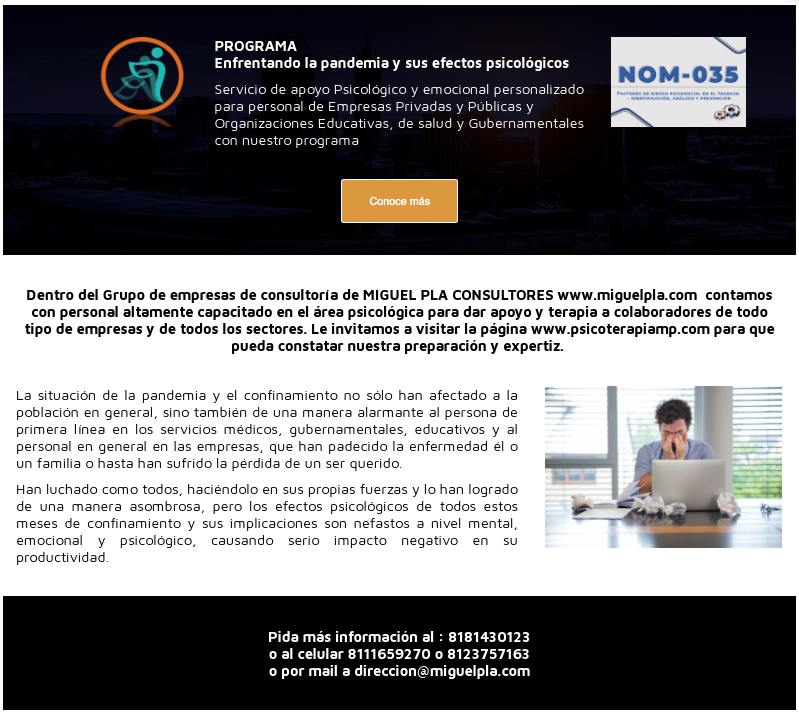Grid Process to Change Management & Culture Transformation
What sets us apart is our systematic process that prepares people for change. Most companies do a great job of defining what and why to change. Grid completes the strategy by offering a proven process for how to change. Our exclusive approach addresses and removes common stumbling blocks so behaviors like mutual trust, respect, and candor become naturally embedded in the culture.
We stand out by giving people The Power to Change® through timeless skills that transform relationships and culture.
Our process consists of six steps:
1: DIAGNOSE
Grid Management Consultants use multiple diagnostic processes to work “below the waterline” and document a vivid, accurate, and measurable map of the client’s existing culture. Our diagnostics transcend self-deception and other common distortions by using proven methods based on decades of applications.
2: GRID DEVELOPMENT
Our multi-stage, exclusive, and worldwide tested process takes people through individual, team, and team-to-team transformation, and is truly an example of “teaching a man to fish.” We put the client in the driver’s seat by building human capacity with core skills that empower people at all levels to diagnose, build, and deliver their own best path to sought-after changes.
3: EMBED
Grid offers a variety of customized processes to immediately embed new skills into day-to-day teamwork. Examples include post-meeting reports that summarize conclusions and commitments; individual and team improvement goals; online, one-to-one, and team coaching; meeting management guidelines; and follow-up meetings.
4: SUPPORT
Ongoing mutual team support is built into the development process. Efforts include personal and team action plans, shared agreement on soundest behavior and norms, and one-to-one strategies for improving individual relationships in the team. These and other support channels are built on core candor skills that make teamwork more rewarding and fulfilling.
5: MEASURE
Grid provides strategies to measure behaviors with the same rigor and clarity as traditional “above the waterline” metrics. The most important measurement is quantifying team synergy to reveal how each team member contributes (positively or negatively) to team performance. Other important measures include ongoing evaluation of behavior and its impact on people and results.
6: REINFORCE
The main objective of reinforcement is to support daily use of new skills so improvement strategies are strengthened until they become second nature. We help clients build internal structures and systems to sustain and support desired changes. Examples vary by company but often include linking behavior shifts to KPIs in the annual performance objectives and bonus targets where applicable, internal communication portals, candor rooms, and behavior surveys











